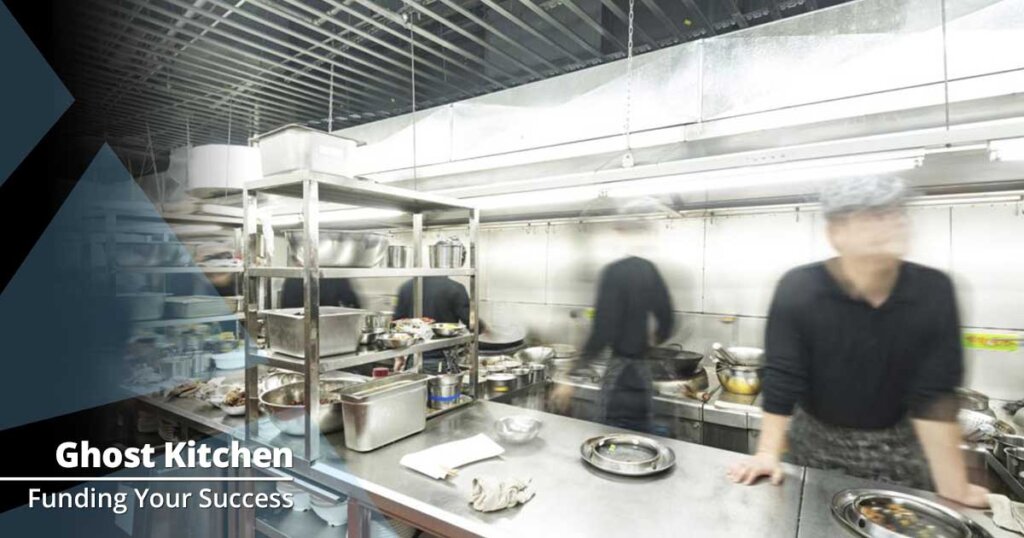What is a Ghost Kitchen?
 In the restaurant industry, where profits have taken a nosedive of late, there is one area that has managed to see growth: delivery. We recently read on Forbes that restaurant delivery has increased 52 percent year-over-year. And it makes perfect sense—consumers’ love for their favorite foods has not diminished because of the pandemic, which has restaurants seeking out new ways to bring in revenue—and bring their customers their favorite meals. The increase in delivery demand opened the door to a novel concept, that of the ghost kitchen. One celebrity chef jumping on this bandwagon is Guy Fieri. His rapidly-growing ghost kitchen concept called, Flavortown, has been popping up all across the U.S. and is still gaining momentum. He is currently operating 24 ghost kitchens nationwide, most of these locations were opened in last two months, with sights on more in the future. So, What IS a Ghost Kitchen?
In the restaurant industry, where profits have taken a nosedive of late, there is one area that has managed to see growth: delivery. We recently read on Forbes that restaurant delivery has increased 52 percent year-over-year. And it makes perfect sense—consumers’ love for their favorite foods has not diminished because of the pandemic, which has restaurants seeking out new ways to bring in revenue—and bring their customers their favorite meals. The increase in delivery demand opened the door to a novel concept, that of the ghost kitchen. One celebrity chef jumping on this bandwagon is Guy Fieri. His rapidly-growing ghost kitchen concept called, Flavortown, has been popping up all across the U.S. and is still gaining momentum. He is currently operating 24 ghost kitchens nationwide, most of these locations were opened in last two months, with sights on more in the future. So, What IS a Ghost Kitchen?
According to Wikipedia, a ghost kitchen “is a professional food preparation and cooking facility set up for the preparation of delivery-only meals.” Which pretty much equates to a satellite location, outfitted with all the necessary equipment to prepare and deliver the food your customers have grown to love. Customers will never set foot inside your ghost kitchen, and it’s unlikely they’ll even know where it’s located or that their delivery is coming from anywhere other than an actual restaurant. Ghost kitchens are also sometimes called virtual kitchens or dark kitchens.
Orders are placed through your website or delivery services such as Grubhub or DoorDash, and then picked up and delivered by these same companies. Aside from the rent savings, there’s also the added savings that comes from the scaled-back staff required to run things in a ghost kitchen. No servers, bar tenders, hosts or bussers are needed with this business model.
For some restaurants hit especially hard, the cost of rent in heavily populated cities has caused them to shutter their doors for good. Additionally, states have put mandates on restaurants opening back up to the public in general amid the pandemic. But with a ghost kitchen business model, with space that can be shared between other restaurants under a single roof, business can continue—minus the high rent and dining rooms.
Restaurant Business Online has reported that sales from ghost restaurants are projected to increase 25 percent every year for the next five years. That being said, it’s not guaranteed that we’ll ever return to the good ol’ days of dining out. While progress has certainly been made in the development of a coronavirus vaccine, a lot of restaurants have been permanently closed. And consumers seem to be loving the convenience offered by delivery options they have never gotten to experience before. So, is a ghost kitchen in the cards for your restaurant? Perhaps this is just one more thing to take into consideration as we head into the winter months and whatever fresh challenges (and opportunities) await.

